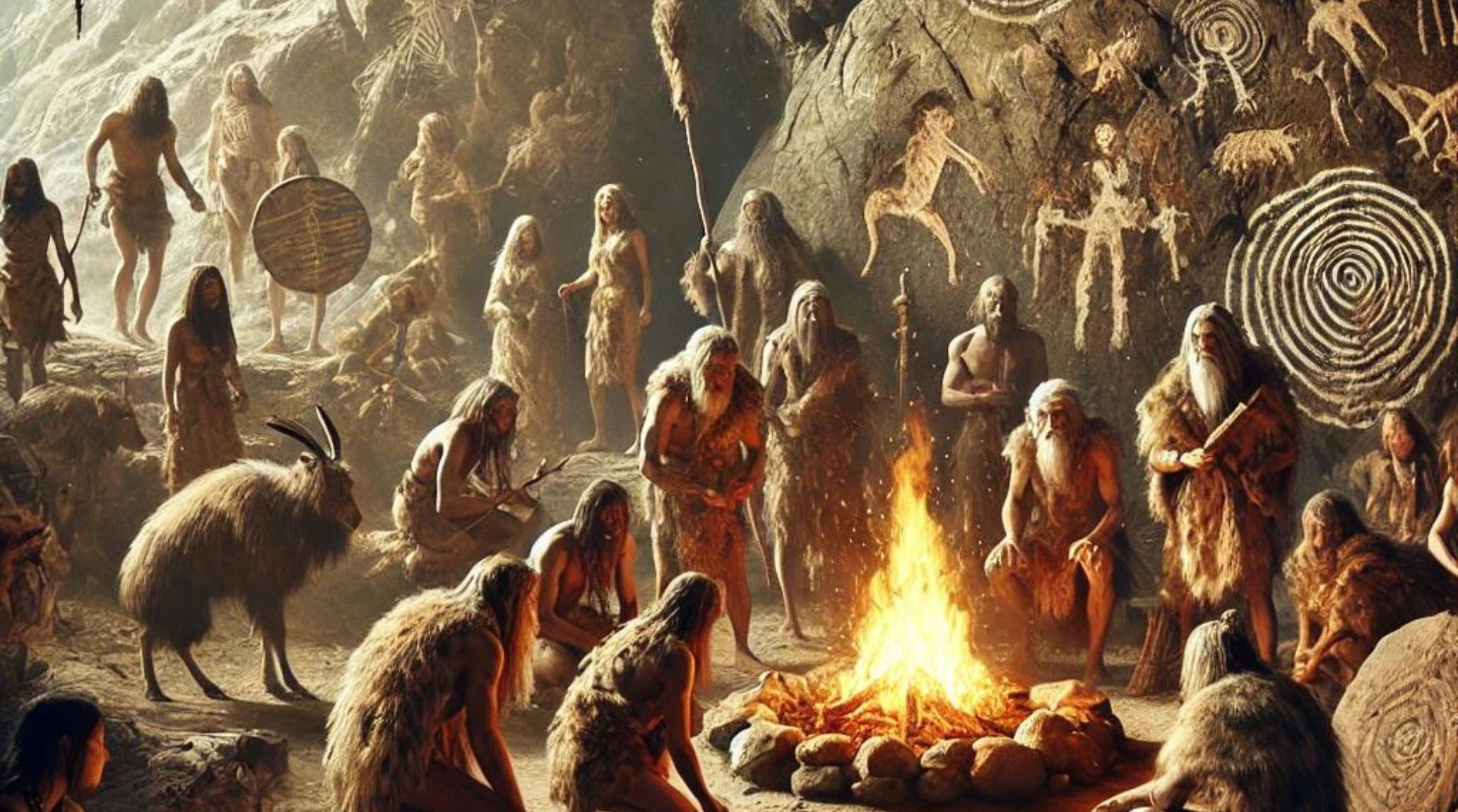
“
The Paleolithic Era, often known as the Old Stone Age, is important for understanding early human spirituality and culture. This blog will explore 20 fascinating Facts About Religion in the Paleolithic Era. By examining these Facts About Religion in the Paleolithic Era, we can understand how ancient societies laid the foundation for future religious traditions.1
1
”
The Paleolithic Era, from 2.5 million to 10,000 years ago, saw early humans develop spiritual beliefs, with evidence showing their reverence for animals and natural phenomena as divine forces. 1
Burial practices during this era reveal profound spiritual beliefs. Graves from this period often contain grave goods, indicating a belief in an afterlife where items were needed for the deceased's journey. 2
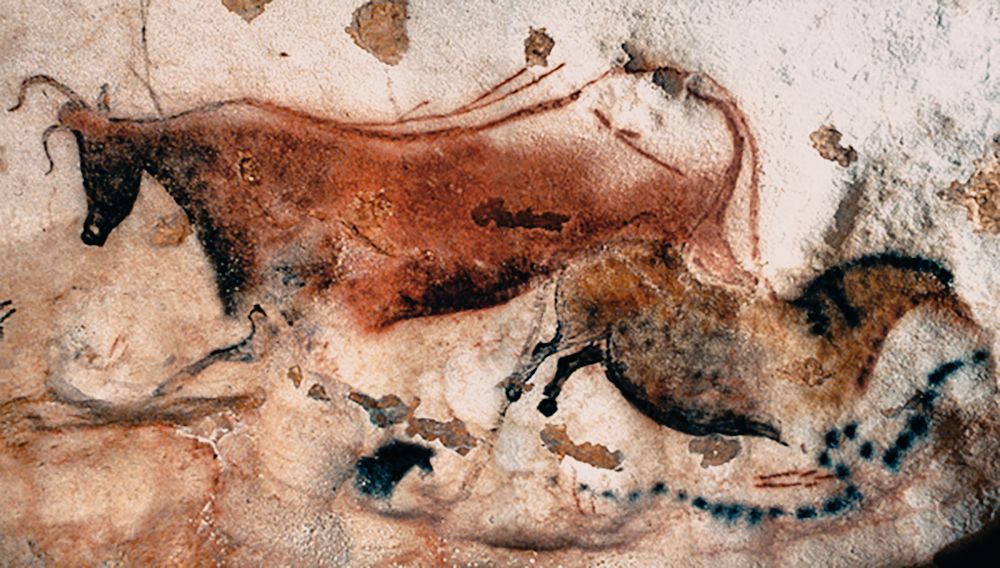
Cave art, such as that found in Lascaux, France, often depicts animals in vibrant detail, suggesting that these creatures held spiritual significance and were possibly believed to embody the spirits of the hunt.
Some archaeological evidence suggests early humans engaged in shamanistic practices, where individuals acted as intermediaries between the human and spiritual worlds, guiding the community in rituals for healing or hunting success.3
Rituals may have involved communal gatherings around sacred spaces, where music, dance, and storytelling took place, fostering social cohesion and reinforcing shared beliefs about their environment and existence.4
Archaeological sites in Siberia show evidence of rituals involving the remains of mammoths, suggesting these large animals were not only hunted for sustenance but also held spiritual importance for these early peoples.5
The concept of animism, the belief that objects and animals possess spirits, likely emerged during this era, influencing early human interactions with nature and fostering a sense of respect for the natural world. 6
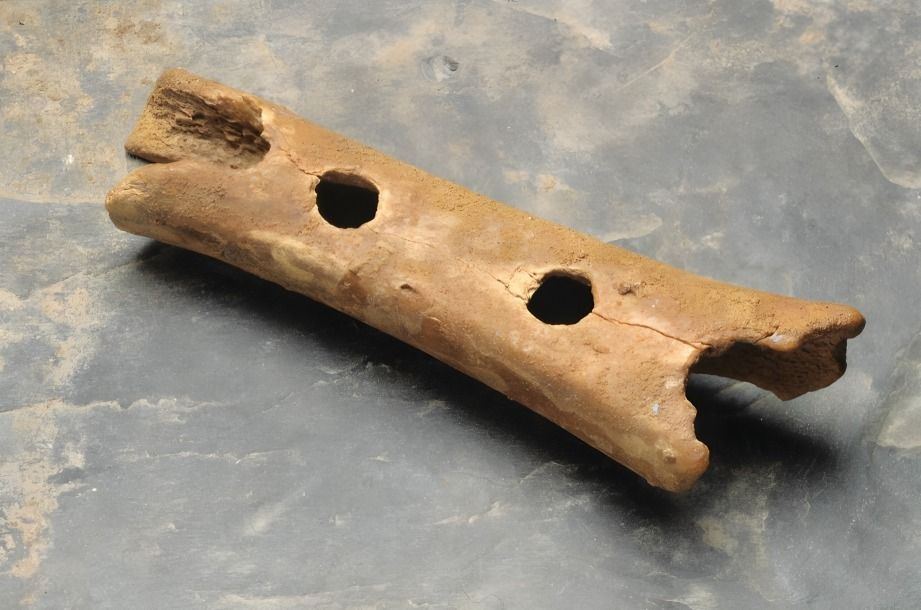
Ancient flutes crafted from animal bones, found in locations like Germany, imply that music was integral to rituals, potentially used to invoke spiritual states or communicate with the divine.
Evidence from sites like Göbekli Tepe in Turkey indicates that monumental structures were constructed for ritualistic purposes, suggesting organized religious practices well before the advent of agriculture and settled communities.7
Some researchers theorize that early humans may have experienced altered states of consciousness through fasting or the consumption of psychoactive plants, allowing them to access spiritual insights during rituals.8
Rituals involving animal sacrifice may have been performed to appease spirits or deities, demonstrating a complex understanding of life, death, and the interconnectedness of all living beings within their belief systems.9
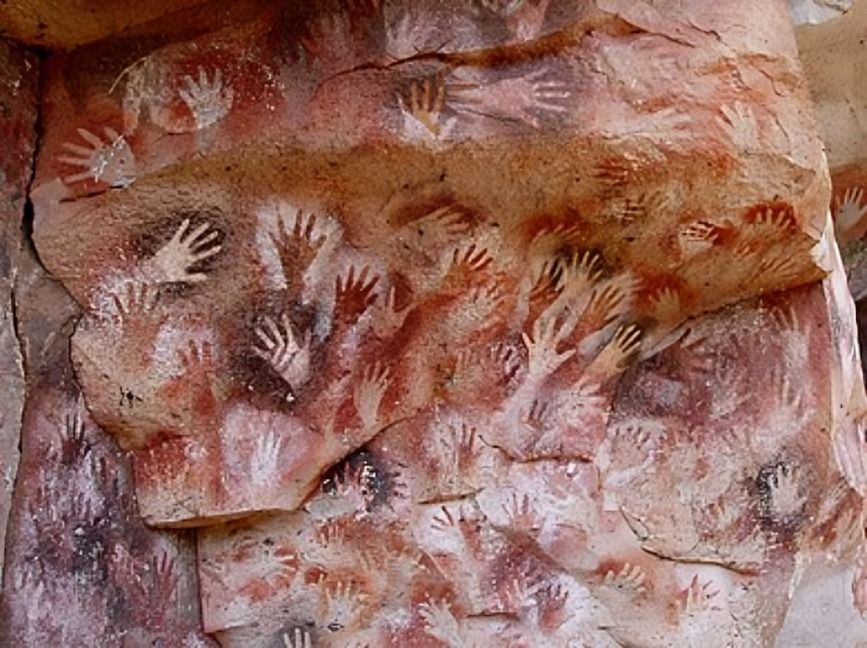
Cave paintings often feature handprints, which may have served as spiritual markers or symbols of identity, reflecting early humans' need to connect with the sacred through their physical presence.
Evidence of early storytelling likely passed down orally suggests that myths and legends were crucial in explaining natural phenomena and guiding moral behavior within these prehistoric communities.10
Ritualistic burials with grave offerings, including tools and food, suggest that early humans believed in an afterlife, reflecting a sophisticated understanding of mortality and the human experience.11
Social hierarchies may have begun to emerge as certain individuals took on roles as spiritual leaders, guiding their communities in rituals and embodying the connection between the physical and spiritual realms.12
The spiritual beliefs of the Paleolithic Era laid the foundation for future religions, shaping cultural practices and rituals, and marking an important evolution in human thought and connection to the divine. 13
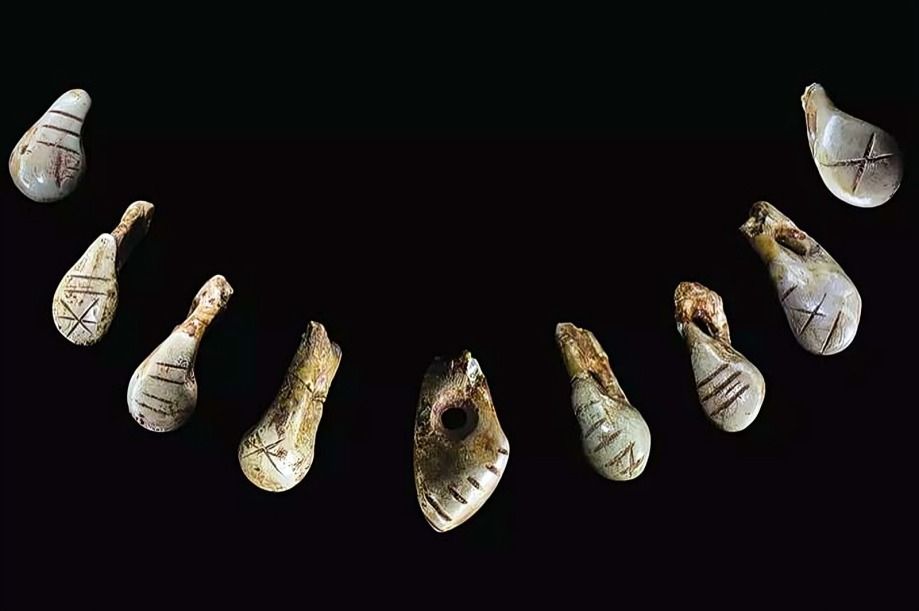
Using talismans or amulets made from animal bones or stones indicates that early humans sought protection from malevolent forces or desired good fortune in hunting, reflecting their spiritual worldview.
Animal bones found in ritual contexts suggest species like bison and reindeer were revered, possibly believed to possess special powers connecting humans to the spirit world.14
Evidence indicates early humans practiced totemism, where specific animals or plants symbolized clans, representing ancestral spirits and connecting them to their heritage and identity. 15
Caves adorned with carvings of mythical creatures suggest early humans had a rich imagination, possibly creating mythologies that explored the relationships between humans, animals, and the environment.16


